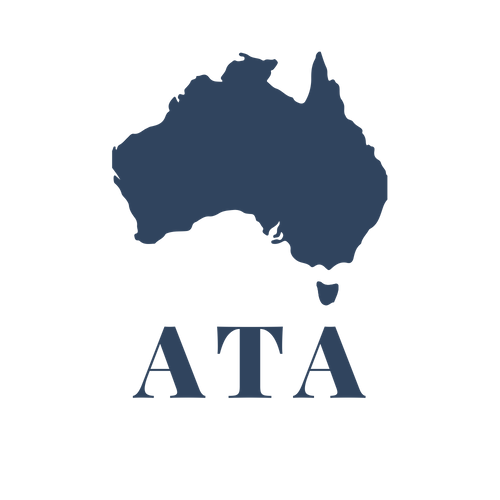The real cost of Albo's minimum wage hike
By Barclay McGain
No genius formula, ancient wisdom, or otherwise elaborate algorithm led the Fair Work Commission (FWC) to raise the national minimum wage by 5.2 per cent. But, with inflation this month hitting 5.1 per cent, the FWC figured they’d do one better – for better or for worse.
It seems economic recklessness is acceptable if it means the government can sell a warm and fuzzy headline celebrating how ‘minimum wage increases faster than CPI’. Is an increase to the minimum wage really the solution to low-income earners feeling the pinch of runaway inflation? Not even close.
Small businesses across Australia are grappling with the reality of the increased cost of production with global supply shortages, increased cost of transport due to skyrocketing fuel prices (set to worsen on October 1 when the government increases the Fuel Excise Tax by $0.22 cents/litre), and now the largest increase to minimum wages seen since 2006.
Advocates for high minimum wages hope that the business community will simply absorb the higher costs. In reality, case studies from around the world illustrate what we can expect:
Increase in cost of products and services
Decrease in amount of work offered to staff
Decrease in number of employees hired
Each scenario harbours trouble for the economy in the long run. Passing on the cost of higher wages to consumers would dampen any benefits of the wage increases for low-income earners. It would also worsen the already rampant rate of inflation. Cutting hours accentuates the chronic issue of underemployment and workforce casualisation – a key issue Labor campaigned against in the election.
